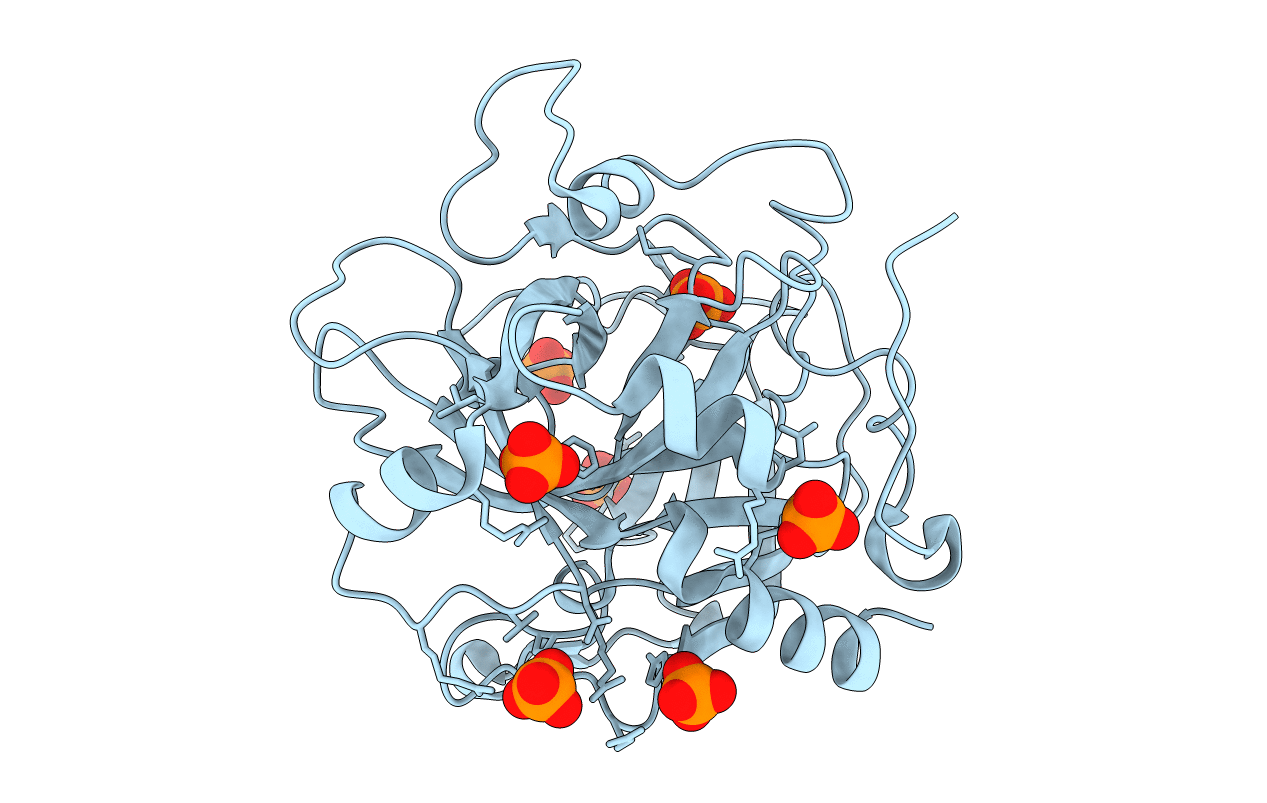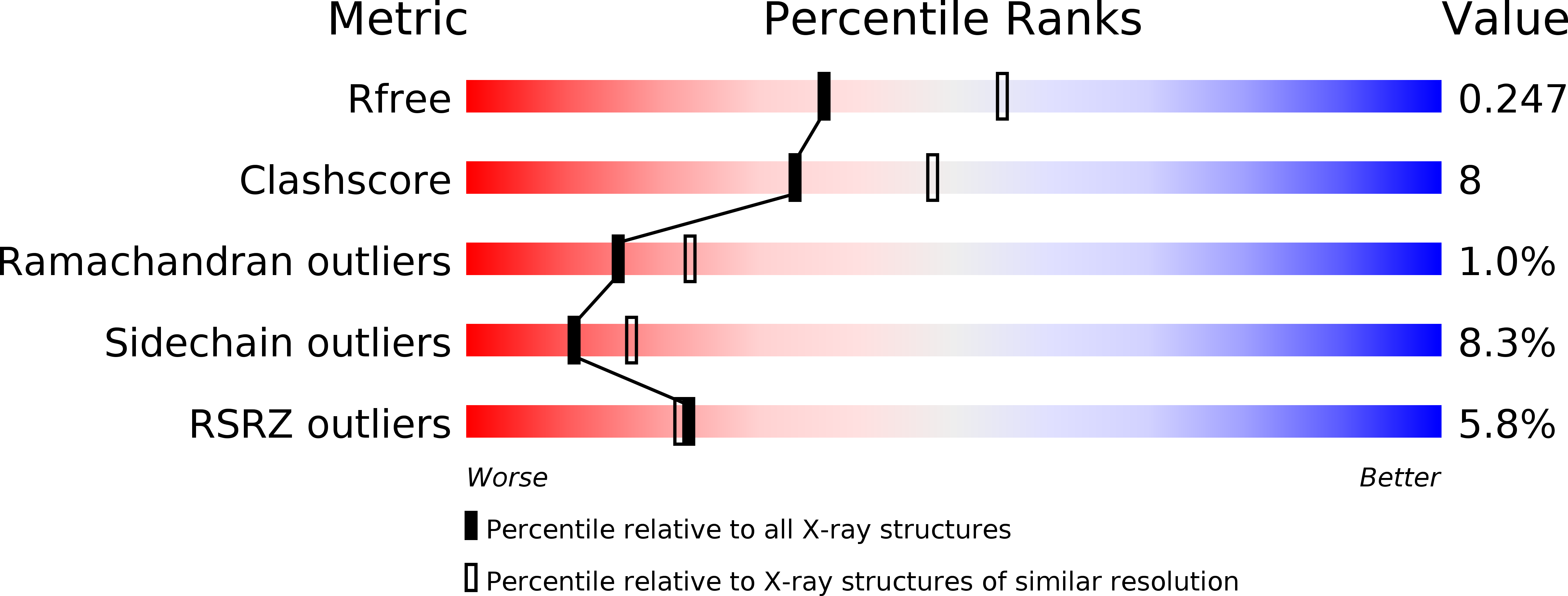
Deposition Date
2012-09-19
Release Date
2013-03-13
Last Version Date
2024-11-06
Entry Detail
PDB ID:
4H6T
Keywords:
Title:
Crystal structure of prethrombin-2 mutant E14eA/D14lA/E18A/S195A
Biological Source:
Source Organism:
Homo sapiens (Taxon ID: 9606)
Host Organism:
Method Details:
Experimental Method:
Resolution:
2.40 Å
R-Value Free:
0.25
R-Value Work:
0.21
R-Value Observed:
0.21
Space Group:
P 41 21 2


